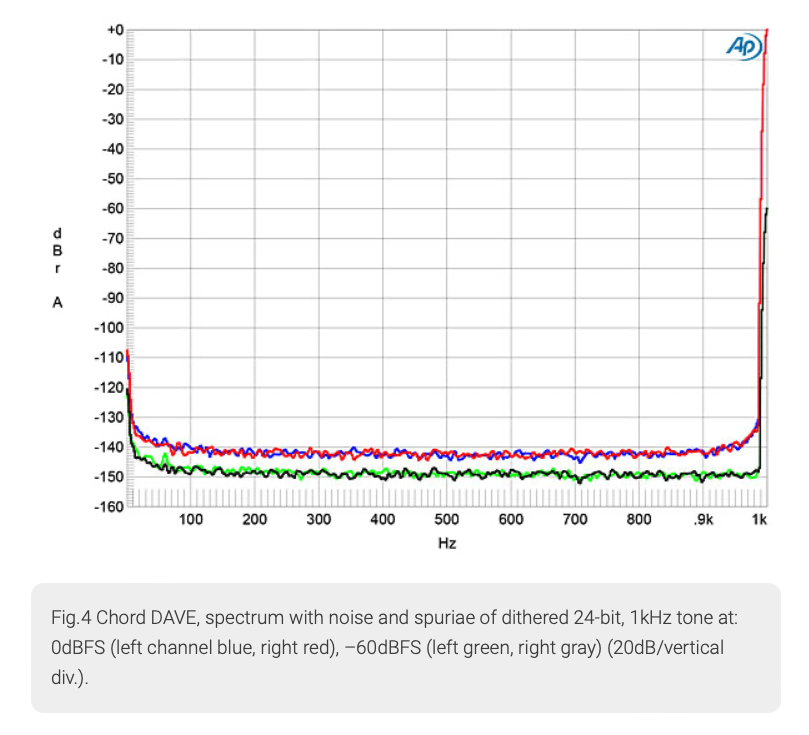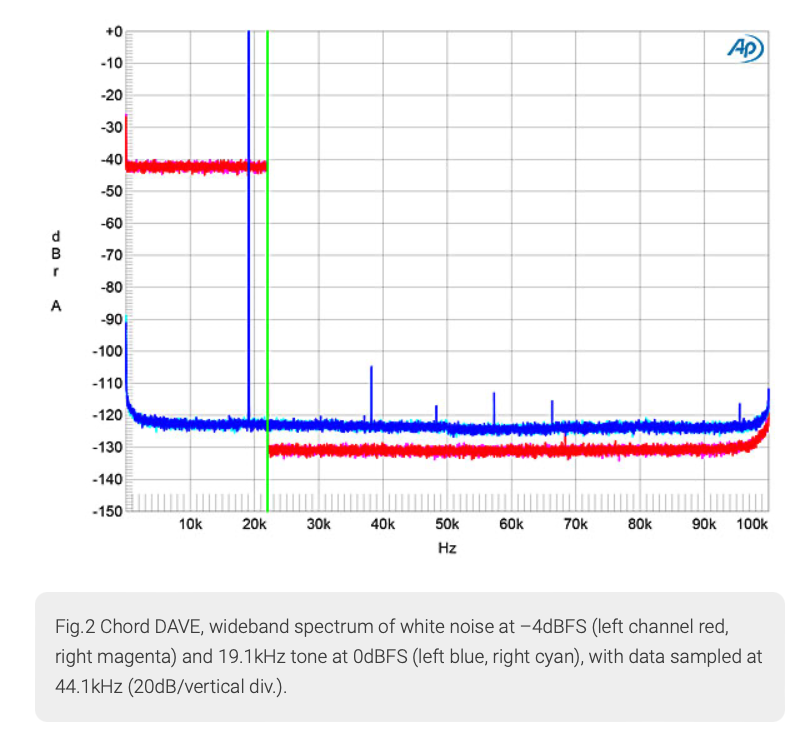Rob Watts
Member of the Trade: Chord Electronics
- Joined
- Apr 1, 2014
- Posts
- 3,144
- Likes
- 12,424
There isn't a setting that will precisely replicate a Mojo sound, as it's nothing to do with frequency response - both are perfectly flat. Sure you can boost 125Hz by a couple of dB's to give you a warmer balance - but it won't sound like a Mojo as the bass will be more extended and warmer but the precision and accuracy of Mojo 2 will still be there.@Rob Watts, Is there an EQ for setting for the Mojo 2 that technically/closely aligns with the first generation Mojo? I'm finding the original Mojo is more dynamic and "rose tinted" in tone. The Mojo 2 is more resolving in terms of absolutes but it is hard to compare the two with such a difference in sound.
When I went from Mojo to Hugo 2 initially I found it bright. But after a month going back to Mojo was a big shock; it just sounded coloured and out of focus in the bass. It is remarkable that it's only down to a single capacitor in the signal path modifying the tonal balance and degrading the bass. But small things matter hugely in audio.
Last edited:

























